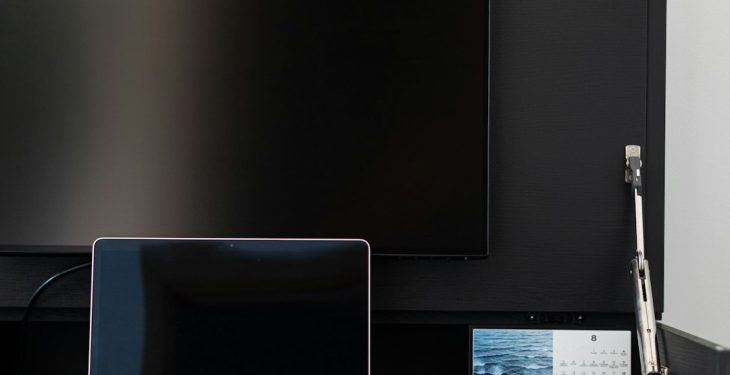So you’ve decided to launch your very own crypto wallet. Exciting times! Whether you’re building this as part of a startup, a broader crypto exchange, or a new financial app, the journey is thrilling—but also technical. Partnering with a crypto wallet development company can make your life a whole lot easier.
But where do you start? What should you look out for? And how do you make sure you’re teaming up with the right people? This guide will give you simple, fun, and powerful tips to make your wallet project a winner.
1. Know What You Want
Before you even start messaging companies, get clear on what you want.
- Do you want a hot wallet or a cold wallet?
- Mobile, web, or desktop?
- Will it support multiple crypto assets or just one?
- Do you want features like QR code scanning, backup phrases, or staking?
Think of your crypto wallet like an app you’d download from the Play Store or App Store. What would make you keep using it every day? Let those ideas shape your plan.
2. Choose the Right Development Partner
You’ll find lots of companies offering crypto wallet development services. But not all are created equal. Do your homework!
Here’s what to check:
- Experience: Have they built wallets before?
- Security Skills: Can they build it to resist hacks?
- Tech Stack: Are they using modern tools?
- Communication: Are they easy to talk to and quick to respond?
Ask for demos. Read reviews. Hop on Zoom calls. Choose a team you trust.
 crypto developers team meeting laptop</ai-img]
crypto developers team meeting laptop</ai-img]
3. Focus on Security from Day One
This is not the time to “move fast and break things.” A crypto wallet holds real money. So one bug can destroy users’ funds—or your reputation.
Work with a company that follows best practices:
- End-to-end encryption
- Private key control by the user
- Two-factor authentication (2FA)
- Multi-signature support
Also, plan for regular audits and testing. Ethical hackers can help sniff out vulnerabilities before the bad guys do.
4. Hit the Sweet Spot Between Features and Simplicity
It’s tempting to pack your wallet with tons of features. Staking! Swapping! Charts! But here’s the thing: too much can overwhelm users.
Start with a clean and clear interface. Make sending and receiving crypto super simple. Then, slowly add extras.
Pro tip: Many popular wallets offer custom themes, lock settings, and night modes. These “little touches” go a long way in winning users’ hearts.
5. Choose the Right Technology Stack
Your dev partner can help with this, but it’s good to understand the basics.
Common tech tools:
- Frontend: React, Flutter, or Swift for mobile
- Backend: Node.js, Python, or Java
- Blockchain APIs: WalletConnect, MetaMask, or custom RPC nodes
- Databases: MongoDB or Firebase
If you’re not sure what any of those mean, don’t worry. Just make sure your dev partner has deep experience with secure and scalable systems.
6. Understand Compliance and Regulations
Every country has its own rules when it comes to crypto. Some are super crypto-friendly. Others? Not so much.
You don’t need to be a lawyer. But you should talk to one before launching your wallet.
Your development partner should help you:
- Know if you need licenses or to register
- Enable KYC (Know Your Customer) if required
- Comply with GDPR and data privacy laws
Better safe than sorry—especially when regulators come knocking.
7. Don’t Skip Design
The look and feel of your wallet is just as important as what’s under the hood. People won’t use your app if it’s ugly or confusing.
Ask your partner if they have UI/UX pros on their team. If not, consider hiring one separately.
Good wallet design is:
- Clean
- Fast
- Easy to navigate
- Secure-looking (yes, that’s a real thing!)
 mobile crypto wallet user interface screen</ai-img]
mobile crypto wallet user interface screen</ai-img]
8. Plan for Updates and Maintenance
Launching your wallet is just the beginning. Crypto evolves fast. You’ll need to keep your wallet up to date.
This includes:
- Adding new tokens
- Improving performance
- Fixing bugs and patching exploits
- Updating compatibility with OS updates
Make sure your dev company offers post-launch support. You don’t want to be left hanging.
9. Have a Marketing Plan
You can have the coolest wallet ever—but if no one knows about it, it won’t matter.
Work with marketers to create buzz. Try campaigns like:
- Referral incentives
- Air drops
- Partner collaborations
- Educational content (blog posts, videos)
Pro tip: Launch on Product Hunt or similar platforms to get early traction.
10. Listen to Your Users
Once your wallet is out there, it’s time to learn from real users. Read reviews. Ask for feedback. Join forums and online communities.
Use what you learn to improve the wallet. This includes fixing minor bugs, but also adding features people really want.
In time, this feedback loop will help you build a wallet people love—not just tolerate.
Final Thoughts
Partnering with a crypto wallet development company is a smart move. It saves time, reduces errors, and gives you access to pros who know the space.
But remember, it’s about collaboration. Be clear about your goals. Stay involved in the process. And always keep your users at the center of everything you do.
That’s how you go from an idea… to an app that people trust with their digital assets.
Ready to start? Then grab your whiteboard, sketch out your dream wallet, and find the perfect team to help you build it. The blockchain world is waiting!
